cancer
now browsing by tag
Thyroid Cancer

Thyroid Cancer by Terry Ryan
Surprisingly, I have had 2 friends diagnosed with thyroid cancer this last month. Both are female and in their 50s. So, and of course, I had to research THYROID CANCER to find out what it is and what to do.
Thyroid cancer has doubled since the 70s. It is fifth in most diagnosed cancer in American women now. Yes, the word CANCER is always scary, it is a very treatable cancer when caught in the early stages.
- Lump in the neck
- Swollen lymph nodes
- Pain in the throat
- Difficulty swallowing
- Persistent cough
If you have any of the above symptoms, you should see your physician. It mostly likely NOT be thyroid cancer, but it is good to rule it out.
One of the friends I mentioned, that recently was diagnosed with thyroid cancer, had none of the above symptoms. Her thyroid cancer was discovered with an ultrasound of her thyroid gland. Prior to the ultrasound test, she was diagnosed with a parathyroid disorder when a regular blood test showed elevated calcium levels. Parathyroid glands are located behind the thyroid gland and control the amount of calcium in our blood and bones. They are 4 small glands located by the thyroid. My friend had an ultrasound to see which parathyroid had a tumor and would be removed.
However, the ultrasound showed a large, dark looking tumor on her thyroid, and later a needle biopsy was performed. The results showed that she has papillary thyroid cancer. Her thyroid will be removed this Friday.
There are different types of thyroid cancer
Once the type of thyroid cancer is determined, surgery and a treatment plan is designed. Normally, thyroid cancers are easily treated so no need to panic. 70% of thyroid cancer is papillary cancer, which is an uncontrolled growth of follicular cells.
Other types of thyroid cancer are:
- Follicular thyroid cancer represents 10% of thyroid cancers.
- Hurthle cell thyroid is another form though very rare.
- Medullary thyroid cancer makes up a small 3%.
- Anaplastic thyroid cancer is in about 1% of thyroid cancer.
Treatments
- Surgery
- Radioactive iodine
- Radiation therapy
What to expect
After surgery, there will be a thin red scar that, overtime, be hard to notice. Because the thyroid has been removed, the patient will be on thyroid hormone replacement for the rest of their life. Blood test are ordered every 6 months to determine if the dose of thyroid replacement prescription needs to be increased or decreased.
Survival rate is 90% if caught at an early stage. Most people lead normal and long lives after being diagnosed and treated.
Why is there an increase of thyroid cancer?
Physicians are mystified about what is causing the rise in thyroid cancers. Some theories blame radiation including Chernobyl nuclear power disaster in 1986, and possibly all the nuclear testing in the 1950s. Then there are the dental X-rays and yearly mammograms. Do they contribute? No one knows for sure.
More resources:
www.thyroid.org
www.thyca.org
Thanks for reading!
Terry Ryan, Health Blogger
Pancreatitis!
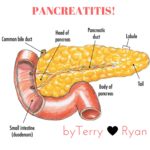
I was inspired to write this post, sadly, because I have a neighbor that I will call, Annie,who  is suffering with pancreatitis. What is pancreatitis? It is inflammation of the pancreas, according to MedicineNet.com. This typically happens when the digestive enzymes found inside the pancreas become active, causing inflammation and even damage to the organ.
is suffering with pancreatitis. What is pancreatitis? It is inflammation of the pancreas, according to MedicineNet.com. This typically happens when the digestive enzymes found inside the pancreas become active, causing inflammation and even damage to the organ.
Annie has had a lot of pain in her left side that would radiate to her left shoulder. She also is constantly nauseated and these painful attacks would come on without warning. Surprisingly, it took a long time and several attacks, plus doctor visits and trips to the emergency room, for Annie to  be diagnosed. Annie’s husband and I Googled her symptoms and came up with our amateur diagnoses prior to the doctors confirming it was indeed pancreatitis. Believe me when I say, we did not want to be right.
be diagnosed. Annie’s husband and I Googled her symptoms and came up with our amateur diagnoses prior to the doctors confirming it was indeed pancreatitis. Believe me when I say, we did not want to be right.
Pancreatitis can either be acute or chronic, as stated by MedicineNet.com. Acute, or sudden, pancreatitis is sometimes caused by the presence of gallstones, which are small, pebble-like masses of hardened bile that form in the gallbladder and can cause irritation when they pass through the common bile duct. Heavy alcohol use is another common cause of acute pancreatitis.
Most cases of chronic, or long-term, pancreatitis are caused by long-term alcohol abuse, cystic fibrosis or hereditary disorders, according to WebMD. In about 25 percent of cases, the causes of chronic pancreatitis are unknown.

Annie was first rushed to the ER the day after Thanksgiving 2015, and she continues to suffer with the debilitating symptoms. Today’s date is 12/15/2016. Medical intervention has done little to relieve the recurring attacks. She has lost around 30 pounds and is scared to eat fearing that it may bring on an attack. A few weeks ago, she had an outpatient procedure when a stent was inserted into a duct in her pancreas that helps fluid drain into her stomach and hopefully eliminating the attacks. Yesterday, she was experiencing more pain so the stent was not a successful procedure.
What is the pancreas?
The pancreas is a small organ located behind the stomach in the abdomen (the size of a dollar) and functions as a digestive organ and an endocrine organ. In the digestive system, the pancreas helps break down food. In the endocrine system, the pancreas releases key hormones, such as insulin and glucagon.
What is Chronic Pancreatitis?
Chronic pancreatitis is inflammation of the pancreas that does not heal or improve—it gets worse over time and leads to permanent damage. Chronic pancreatitis eventually impairs a patient’s ability to digest food and make pancreatic hormones. Industrialized countries have estimated an annual incidence rate of 5-12/100,000 people who will develop chronic pancreatitis. The prevalence of chronic pancreatitis is 50/100,000 people. Chronic pancreatitis often develops in patients between the ages of 30 and 40, and is more common in men than women.
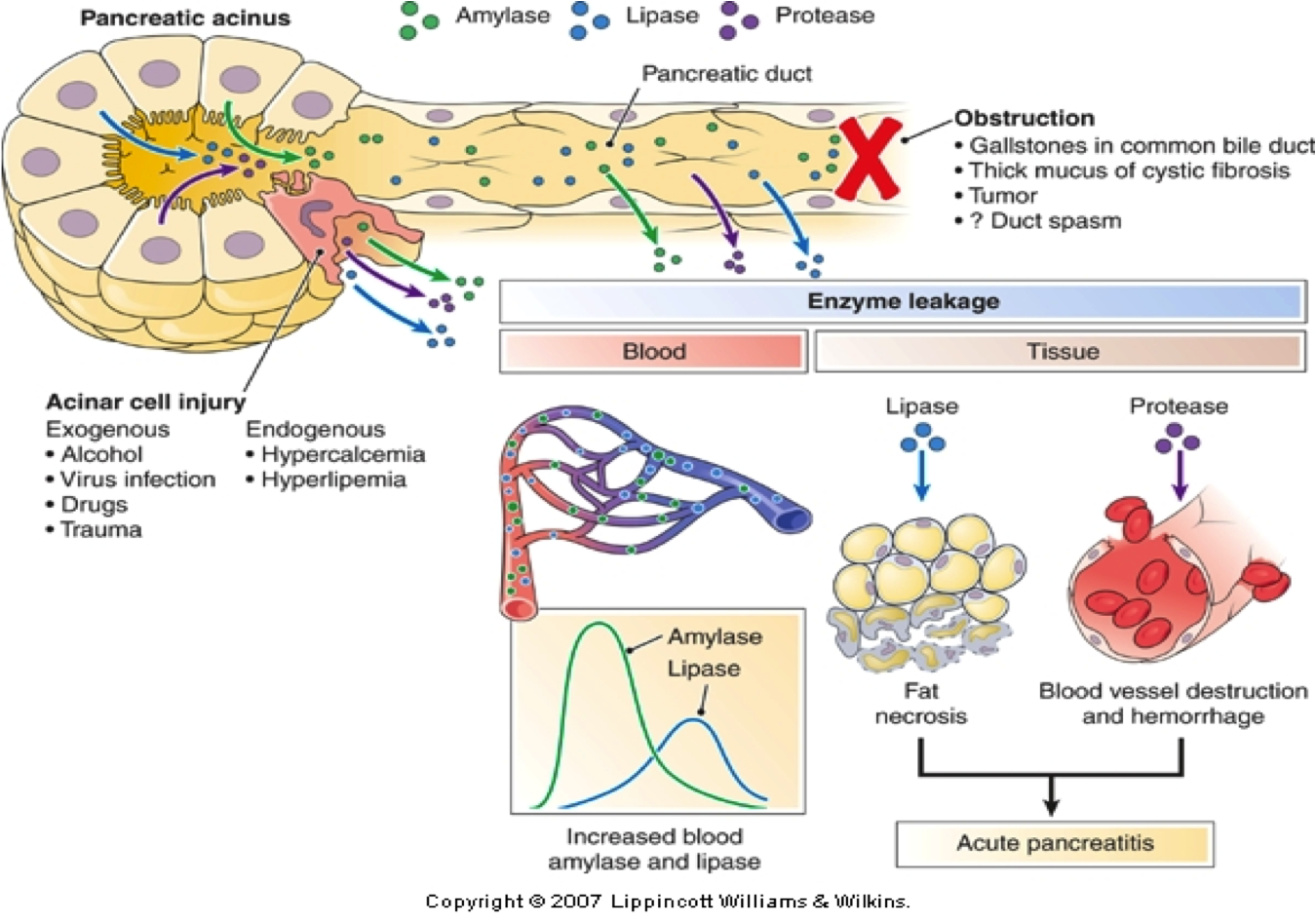
What blood test are preformed at the ER?
To confirm whether a person has pancreatitis Blood tests can evaluate the function of the gallbladder, liver, and pancreas. Levels of the pancreatic enzymes amylase and lipase can be measured. Blood tests can also check for signs of related conditions, including infection, anemia (low blood count), and dehydration. A tumor marker called CA 19-9 may be checked if pancreatic cancer is suspected.
Here is a scenario:
A person arrives at the ER complaining of intense pain in their left quadrant along with nausea. The P.A. or the nurse who first evaluates the patient will use this mnemonic tool: OPQRST
O = Onset – The word “onset” should trigger questions regarding what the patient was doing just prior to and during the onset of the specific symptom(s) or chief complaint. • What were you doing when the symptoms started? • Was the onset sudden or gradual? It may be helpful to know if the patient was at rest when the symptoms began or if they were involved in some form of activity. This is especially true with patients presenting with suspected cardiac signs & symptoms.
P = Provoke – The word “provoke” should trigger questions regarding what makes the symptoms better or worse. • Does anything you do make the symptoms better or relieve them in any way? • Does anything you do make the symptoms worse in any way? This is sometimes helpful in ruling in or out a possible musculoskeletal cause. A patient with a broken rib or pulled muscle will most likely have pain that is easily provoked by palpation and/or movement. This is often in contrast to the patient having chest pain of a cardiac origin whose pain is not made any better or worse with movement or palpation.
Q = Quality – The word “quality” should trigger questions regarding the character of the symptoms and how they feel to the patient. • Can you describe the symptom (pain/discomfort) that you are having right now? • What does if feel like? • Is it sharp or dull? • Is it steady or does it come and go? • Has it changed since it began?
R = Region/Radiate – The words “region and radiate” should trigger questions regarding the exact location of the symptoms. • Can you point with one finger where it hurts the most? • Does the pain radiate or move anywhere else? Although it is not always easy for a patient to identify the exact point of pain, especially with pediatric patients, it is important to ask. Asking if they can point with one finger to where it hurts the most is a good start. From there you will want to know if the pain “moves” or “radiates” anywhere from the point of origin.
S = Severity – The word “severity” should trigger questions relating to the severity of the symptoms. • On a scale of 1 to 10, how would you rate your level of discomfort right now? set.
T = Time – The word “time” should trigger questions relating to the when the symptoms began. • When did the symptoms first begin? • Have you ever experienced these symptoms before? If so, when?
Next blood tests, abdominal X-rays,EKG, blood pressure, oxygen saturation tests will be administered along with a stethoscope placed on the patient’s abdomen to listen for intestinal sounds. If a patient is experiencing a pancreatic attack then the intestines will be quiet.
Pain medicine will be administered and usual the patient will be admitted and placed on IV to keep them hydrated and a strict no food protocol will be prescribed for a few days until the pain subsides.
The Pancreatitis Diet
Pancreatitis patients require varying amounts of fat, depending on factors such as weight and height; however, for most patients, the recommended limit is 20 grams of fat per day, states the National Pancreas Foundation. Each meal should not exceed 10 grams of fat content. A carrot and sweet potato soup with cranberry relish and a blend of black beans, carrots, lime juice and red peppers are healthy appetizers. Citrus chicken with cumin and oregano makes a great main dish.
For patients who suffer a flare, doctors typically suggest avoiding solid foods for one or two days, notes the National Pancreas Foundation. Severe pain requires patients to start a diet of clear liquids. Because this type of diet lacks nutrition, patients should gradually add other food items based on the instruction of their doctors.
It is crucial for pancreatitis patients to avoid drinking alcohol, as alcohol consumption can cause pancreas to flare due to dehydration, explains the National Pancreas Foundation. To keep the body properly hydrated, physicians often recommend carrying a bottle of water at all times.
Do’s and Do Not’s for Acute Pancreatitis Diets
 Do’s
Do’s
- Eat snacks throughout the day rather than large meals
- Eat foods low in fat (a max of 30 grams of fat a day)
- Eat foods high in “lean” protein like beans, chicken, fish, lean cut beef, etc…
- Eat foods that are high in antioxidants like berries, oranges, and broccoli
- Eat foods that have good amounts of vitamins C, B9, and B12
- When you do eat fat, pick foods high in Omega-3 fatty acids like Salmon, flaxseed, walnuts, etc…
- Try and drink anywhere from 6-8 glasses of water daily
Do Not’s
 Stay away from spicy foods of any type
Stay away from spicy foods of any type- Try and rid yourself of caffeine, cigarettes, and alcohol
- Limit foods that stimulate the gut such as peppermint and black pepper
- Diminish your sugar intake as much as possible (sugar causes inflammation)
- Limit your use of foods like butter, bacon, margarine, etc..
- Use fat-free (or low fat) dressings with the idea that less is better
- Get rid of processed grains like white bread, and say hello to 100% whole grain
- Don’t touch fried foods
If you want to avoid acute pancreatitis and of course, chronic pancreatitis, there are a few things you will need to keep in mind.
Fats and processed foods are some of your biggest enemies. The typical modern diet makes these foods difficult to avoid. You want to keep your pancreas from being overloaded. So eating small portions and avoiding foods that stress your pancreas is important. Some experts recommend eating six small meals a day with a supplement of pancreatic enzymes each time.
Processed and fatty foods are literally everywhere. Try to stick with fresh foods as much as possible. Avoid frozen meals and canned meals. Avoid boxed foods like cold cereal and crackers.
Basically, if it can sit on your shelf and not go bad for months and months, you may want to think twice about eating it.
Avoid drinking alcohol and smoking as well. These two activities can make your pain worse and increase your risks.
Ideas for Breakfast, Lunch, and Dinner
Acute pancreatitis diets can be difficult to find. Although there are many limitations to what you should and shouldn’t eat, you can still enjoy food and put together great meals. One thing to keep in mind when doing so is to try and stick to a fairly routine schedule, also providing assistance in providing some relief to the workload of your pancreas. Below are some ideas for putting meals together to form a complete and good Acute Pancreatitis Diet plan for you. As you try these combinations see what works for you and stick to those foods that do.
[yikes-mailchimp form=”1″ submit=”Click Here”]
Breakfast
- Yogurt w/ granola
- Oatmeal
- Egg Whites w/ tomato
- Wholegrain cereal w/ banana
Lunch
- Chicken w/ brown rice and broccoli
- Tuna sandwich w/ vegetable soup
- Whole wheat pasta w/ asparagus
Dinner
- Salmon w/ spinach
- Lean meat w/ sweet potatoes
- Chicken Salad w/lite dressing
The Big Question….Will Pancreatitis turn into Pancreatic CANCER?
There is a connection from acute to chronic pancreatitis and from chronic pancreatitis in time to cancer of the pancreas. The Internet says studies have shown that congenital conditions with chronic pancreatitis have a higher incidence of cancer of the pancreas later in life. The tumor markers should be checked from time to time in these high risk patients. Also the physician will likely order CT scan studies more often in these patients to monitor for any transition towards a cancerous degeneration.
In Conclusion…
Take special care of your pancreatitis when you start having attacks. Eat a low fat diet and stay away from junk food, alcohol and cigarettes. Find a great medical support team that specializes in Pancreatitis and follow Pancreatitis Facebook groups.
More resources:
Thank you for reading,
Terry Ryan, Health Blogger
DCIS — Ductal Carcinoma In Situ and What to Do?
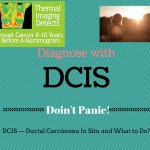
Well, they did it again. After years of scaring the daylight out of women—basically making women fear their own breast, the medical community changed another directive, this time about Ductal Carcinoma In Situ, DCIS. In the news for the last couple of days is this heading for example:
Doubt Is Raised Over Value of Surgery for Breast Lesion at Earliest Stage
http://www.nytimes.com/2015/08/21/health/breast-cancer-ductal-carcinoma-in-situ-study.html
What is DCIS? Ductal carcinoma in situ (DCIS) is the most common type of non-invasive breast cancer. Ductal means that the cancer starts inside the milk ducts, carcinoma refers to any cancer that begins in the skin or other tissues (including breast tissue) that cover or line the internal organs, and in situ means “in its original place.” DCIS is called “non-invasive” because it hasn’t spread beyond the milk duct into any normal surrounding breast tissue. DCIS isn’t life-threatening, but having DCIS can increase the risk of developing an invasive breast cancer later on.
DCIS is usual detected by a mammogram. First thing to do if your doctor tells you that you have DCIS is DON’T PANIC! I have heard of women becoming so terrified when they hear DCIS ( considered Stage 0) that they have a prophylactic mastectomy. Is this really the right course of action?
Dr. Susan Love, a surgeon, is best known as the author of the top-selling “Dr. Susan Love’s Breast Book,” said the angriest patient she ever treated was a woman who was diagnosed with breast cancer years after a double prophylactic mastectomy.
The second thing to do after a DCIS diagnose, and after consulting with your doctor about the right course of action (some will suggest wait and see, and some physicians will want to be more proactive and do a lumpectomy) is getting a breast thermogram, also known as Digital Infrared Imaging.
Early Stage Malignant tumor

This is the specific area of a small DCIS. You can see the vascular feed and the discreet area of hypothermia that is displacing the surrounding hyperthermia.
A breast thermogram is an excellent way to:
See if there is a vascular feed to the DCIS which is an indication that it is cancerous and aggressive treatment should be sought.
A excellent way to monitor a suspicious area for years in case it does change or progress into cancer, or if no change peace of mind to do nothing invasive.
Here is a podcast where I interview Rita Rimmer, a certified thermographer, on breast health.
Below is a JAMA article:
Breast Cancer Mortality After a Diagnosis of Ductal Carcinoma In Situ
http://oncology.jamanetwork.com/article.aspx?articleid=2427491
Speak to your doctor about not only a mammogram but also having a yearly breast thermography in conjunction is a intelligent way to insure that that you are proactive about your own breast health.
To find a certified clinical thermographer in your area, just Google “Breast Thermography.”
More reading on this subject. Knowledge is power!
Turmeric-The Spice For a Longer and Healthier Life
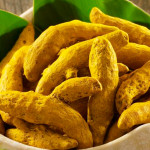
Turmeric is a common spice, you may already have in your cupboard, that may be used for improved health. The spice has been said to:
- Prevent heart disease
- Stave off Alzheimer’s disease
- Eliminate depression
- Alleviate joint pain…and more
How does this work? Inside turmeric is a compound called curcumin which is responsible for the orange color we associate to the spice mostly popular in Indian food. That’s what you want to look for. Turmeric supplements may only have a fraction of curcumin included. You want to look for supplements that contain the most curcumin, which will result in a more costly supplement.
Curcumin: The Ultimate Guide to What It Is, Where to Find It, Core Benefits, and Why You Need It
Clayton Geoffreys
$10.99
Curcumin has been touted as giving the gift of longevity and provides a great defense against chronic disease. It has anti-inflammatory and anti-cancer properties.
Oxidation and inflammation cause disease and curcumin helps protect the body from oxidation and inflammation. What causes oxidation and inflammation?
- Pollution in air and water
- Plastics and other toxic material
- Pesticides, antibiotics and hormones in our food supply
- Processed foods, smoking, obesity
Think of curcumin as the “scrubbers” that clean off the oxidation off your cells thereby preventing serious disease and possibly reversing diseases you may already have. It can stop cell deterioration and restores the cellular genetic codes of the cells to more youthful levels. Oh yea!!!!It will setup a roadblock for inflammation and relieves inflammatory problems such as arthritis and joint pain. In addition, curcumin has a unique ability to cross the blood barrier and that gives it the ability to deliver its antioxidants directly to the brain, which is helpful in preventing dementia and depression.
If that’s not all, studies show that circumin protects the liver and kidneys.
Did you know that inflammation is a factor in 80% of all diseases? That’s enough to convince you to run out and purchase some circumin.
But not all curcumin is created equal. Unless you want to eat curry rice 5 times a day, 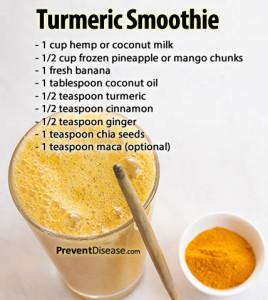 you will not consume enough of turmeric/curcumin to make any difference. Darn it!
you will not consume enough of turmeric/curcumin to make any difference. Darn it!
Fortunately, there is a company that has found a way to make curcumin highly absorbable. Terry Naturally
The recommended dosage is three capsules daily and many people have reported that they have experienced results. Please let me know what you think.
Are you ready to look younger? Click below!
Thank you for reading,
Terry Ryan, Health Blogger

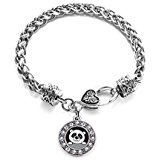


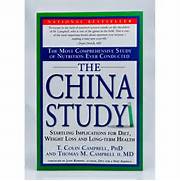
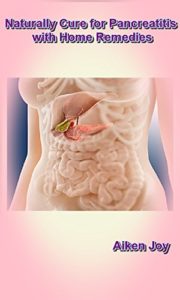
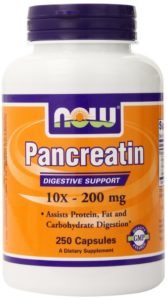
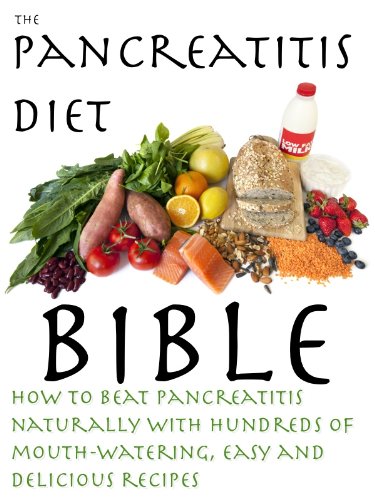

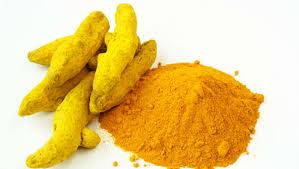
 D5 Creation
D5 Creation